Always Innovating at Paulman Farms
At Paulman Farms in Sutherland, Nebraska, Roric Paulman has been innovating since he began farming nearly 38 years ago. For Roric, progress has always been about implementing new techniques and strategies, because improvement is only possible when you are bold and willing to learn. That is how they’ve maintained and impressive ROI, and it’s also why they were interested in SOURCE. Three years in, they are expanding their use of SOURCE again to reduce their nitrogen input, keeping their aquifer clean and their nutrient use low.
Situated in southwest Nebraska, Paulman Farms grows a variety of crops, including popcorn, black beans, oats, peas, potatoes, and soy. Roric Paulman is the third generation to run Paulman Farms and has an impressive 38 harvests under his belt. His son, Zach, has ten harvests to his name and now runs the day-to-day operations.
Paulman Farms is perched atop the Ogallala Aquifer, one of the largest aquifers in the world. The Ogallala Aquifer underlies portions of eight states and not only supports much of the agricultural activity in the region, it also provides drinking water to millions of people in the High Plains. Unfortunately, like many aquifers around the country, it is at risk of being overdrawn.
“The basin we’re in has been under allocations for almost 40 years,” says Roric. “We can only use so much water.” To make the most of their water, Roric says they use soil-boosting practices like no-till and and rely on technology like weather stations, sensors and measured application rates.
“Our operation is based around technology,” says Zach, who manages Paulman Farms today. “We’re a very large farm and we don’t have a whole lot of help. We do everything with technology and bigger equipment.”
Zach says they are always willing to innovate, but it’s necessary to make sure new practices and products will work on their farm before jumping in wholesale. “We’re always willing to try new stuff — always have been, always will be — but it’s got to work and it’s got to prove that it works year over year.”
Because there’s so much that goes into growing a crop, from tillage and planting to preparing the fields, fertilizing, and watering, Zach says it can be hard to adopt and evaluate new technologies. “You can’t adopt five things in one year, because then you’ll have no idea which one worked,” he says. “That’s why we adopt new practices on small acres first, because then it will be the only thing we change when we do our trials.”
Roric and Zach rolled out SOURCE on their farm the same way they would any new product or practice: first on a small area and expanding from there. “We’ve seen very good results,” says Zach. Paulman Farms has now been using SOURCE for three years.
Roric says they’ve been moving SOURCE further into the operation using strip trials, different application timings, and experimenting on different soil types to see what will work best on their farm. “It continues to perform,” he says. “That’s important any time you have a new product. Consistent performance is part of what you need to really get an ROI.”
For Paulman Farms, sustainability and stewardship ultimately return to soil health. “If we don’t treat the soil well, it’s not going to give us the outcomes that we’re looking for,” says Roric. “Today, there is a lot more data and a lot more tools and sensors in our fields that allow us to understand what is happening in real time. What we’re trying to do is use that data to help us manage our operation.”
Zach agrees that soil health is key. “The next big innovation in farming is going to be in soil health and trying to get the soil back to the state that Mother Nature intended it to be in,” he says. “Nobody does it like she does.”
Recommended Reading
-
Blog
![K Bamberger]()
-
Blog
![Micronutrients vid capture]()
-
Blog
![2021 10 13 St NB LOO 180 large]()

Ready to learn more about SOURCE?
SOURCE improves nutrient availability to your crops by stimulating nitrogen fixing and phosphorus solubilizing microbes. The result is more macro and micronutrient availability leading to healthier, more productive plants. A foliar application of SOURCE provides 25 pounds of nitrogen and phosphorus per acre.



